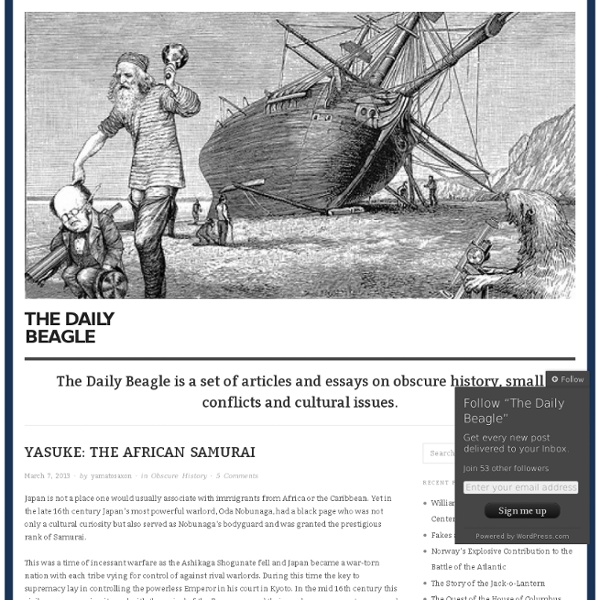Introduction and Contents
This is a list of questions and answers about the Japanese language originally from the Usenet newsgroup sci.lang.japan. Jump to: Writing, Grammar, Word origins, Words from other languages, Japanese and English, Word meanings, Pronunciation, Slang and colloquialisms, Names, Examinations, Word games, Numbers, counting, and dates, Etiquette, Computers, Miscellaneous, Other internet resources, About the sci.lang.japan Frequently Asked Questions. 1. Writing 2. 3. 4. 5. 6. 7. 8. 9. 10. 11. 12. 13. 14. 15. 16. 17.
is not available
Behind the Camera - Seven Samurai
The peasant village in The Seven Samurai was a complete set built on the Izu Peninsula about 50-100 miles south of Tokyo. At the time it was just remote, wild country, but it's now part of a national park. The location shoot and the fully detailed nature of the set lent authenticity but increased the problems encountered and raised the costs of production as opposed to filming in the studio. In his autobiography, Kurosawa responded to frequent accusations through the years that he was too exacting with sets and props. Most Japanese films at this time cost around $70,000. Kurosawa explained the reasons for the huge expense and lengthy shooting schedule: "Something always comes up. Kurosawa said in his autobiography that he began thinking about the music and sound effects at the very beginning of each film project, and pointed out how in some of his films, he used different theme music for each character or group of characters. by Rob Nixon VIEW TCMDb ENTRY
The Project Gutenberg eBook of Bushido, by Inazo NitobÉ, A.M., Ph.D..
Japan: Memoirs of a Secret Empire . Daimyo
Prior to unification, Japan was divided into numerous domains under the rule of the daimyo, military lords with large landholdings living in castle towns. For hundreds of years, daimyo armies were frequently at war. After the rise of the Tokugawa Shogunate in 1603, the daimyo swore their allegiance to the shogun and promised military service on demand. To keep the daimyo subservient, the third Tokugawa Shogun, Iemitsu, instituted "Sankin Kotai," which forced the daimyo lords to reside in Edo during part of every other year. WARDROBE AND HAIRWhen not wearing battle armor, daimyo wore "eboshi" caps of black silk gauze stiffened with a black lacquered paper lining. IMAGE CREDITS Top and left: Daimyo/Chiba City Museum.Daimyo procession on the Tokaido Road/Shunji Jonoshita
Samurai and Bushido - Facts & Summary - HISTORY.com
In the mid-19th century, the stability of the Tokugawa regime was undermined by a combination of factors, including peasant unrest due to famine and poverty. The incursion of Western powers into Japan–and especially the arrival in 1853 of Commodore Matthew C. Perry of the U.S. The powerful clans of Choshu and Satsuma combined efforts to topple the Tokugawa Shogunate and announce an “imperial restoration” named for Emperor Meiji in early 1868. Ironically–given the loss of their privileged status–the Meiji Restoration was actually engineered by members of the samurai class itself.
Lethal Beauty: Birmingham Museum of Art exhibition conjuring samurai warriors, ancient battles with exquisite swords and armor
BIRMINGHAM, Alabama -- Japanese culture – its fine art, music, animation and film – has gained a strong foothold in Western consciousness in recent decades, due in large part to the growing popularity of manga, animé, karaoke, even the newspaper puzzles, sudoku. But perhaps no other Japanese import has captured the imagination like samurai, warriors that thrived from the 12th through the 19th centuries. Their legendary virtues – rectitude, courage, benevolence, respect, honesty, honor and loyalty – have been depicted in dozens of films, most notably Akira Kurosawa's "Seven Samurai" and "The Throne of Blood," and by turns, American films such as "The Magnificent Seven," "Star Wars" and "The Last Samurai." But samurai were more than just fodder for sensational action films. They were an integral part of feudal Japan, a revered class of highly trained swordsmen and archers who protected their lords with their lives. CATALOGAndreas Marks, "Lethal Beauty: Samurai Weapons and Armor"
untitled



